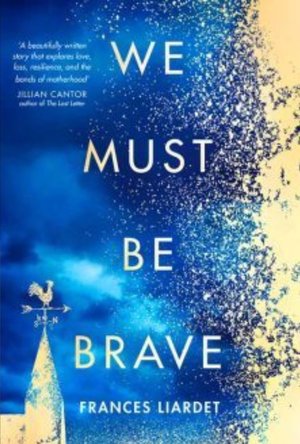
We Must Be Brave
Book
We can’t choose who we love. We can choose who we fight for. ‘This is storytelling at its...
Historical Fiction World War 2

The Seven or Eight Deaths of Stella Fortuna
Book
If Stella Fortuna means 'lucky star,' then life must have a funny sense of humour. Everybody in...
Historical Fiction Italy Trigger Warning
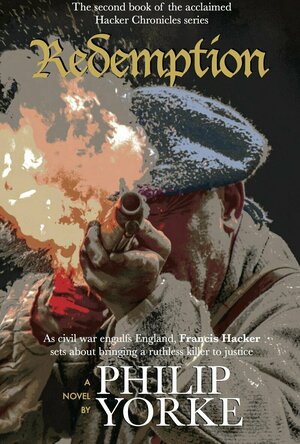
Redemption (The Hacker Chronicles #2)
Book
Saturday, the second day of July, in the year of our Lord, 1644, will be a day long remembered by...
Historical Fiction English Civil War
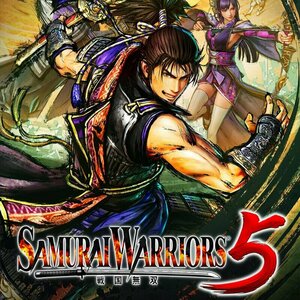
Samurai Warriors 5
Video Game Watch
A new SAMURAI WARRIORS begins After a 7-year wait, a new instalment in the tactical action series...
Samurai Warriors 5 Samurai Warriors Sengoku Musou 5
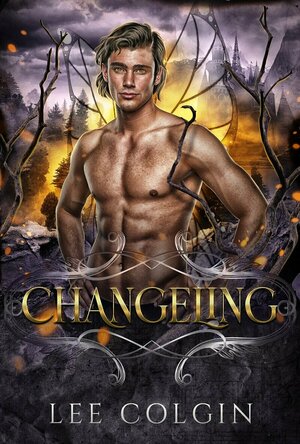
Changeling (Outcast Mates #2)
Book
Dominus—an incubus who runs a brothel called The Twig & Berries—is bored with his life and...
MM Historical Paranormal Romance
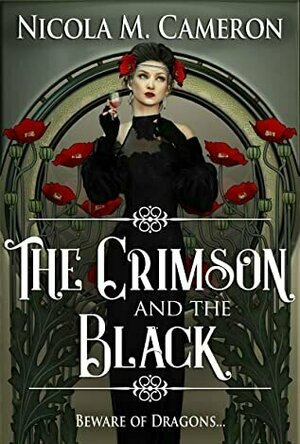
The Crimson and the Black (Hidden Empire #2)
Book
Beware of dragons... Being a rich, beautiful vampire in Victorian England isn't all it's cracked...
Historical Paranormal Romance
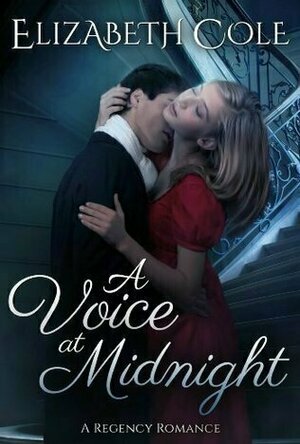
A Voice at Midnight (Regency Rhapsody #4)
Book
A Sweet Regency Holiday Novella Can two troubled souls break a ghostly curse and find true love? ...
Historical Romance Novella Regency
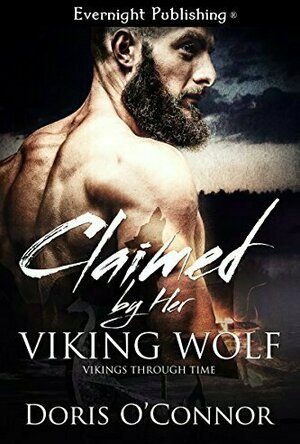
Claimed by Her Viking Wolf (Vikings Through Time #1)
Book
When historical romance writer Kimberly Talbot finds a displaced, injured Viking at her campfire,...
Paranormal Romance Time Travel Shifters

The Girl from Portofino (Girls from the Italian Resistance #2)
Book
In 1970 Gina Bianchi returns to Portofino to attend her father’s funeral, accompanied by her...
Historical Fiction Women's Fiction World War II
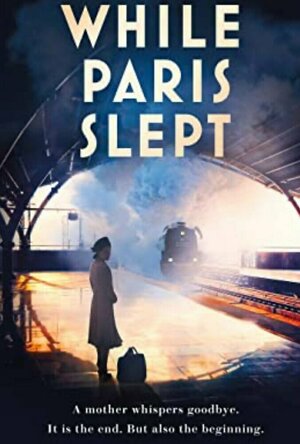
While Paris Slept
Book
Paris 1944 A young woman's future is torn away in a heartbeat. Herded on to a train bound for...
Historical fiction WW2 Paris California